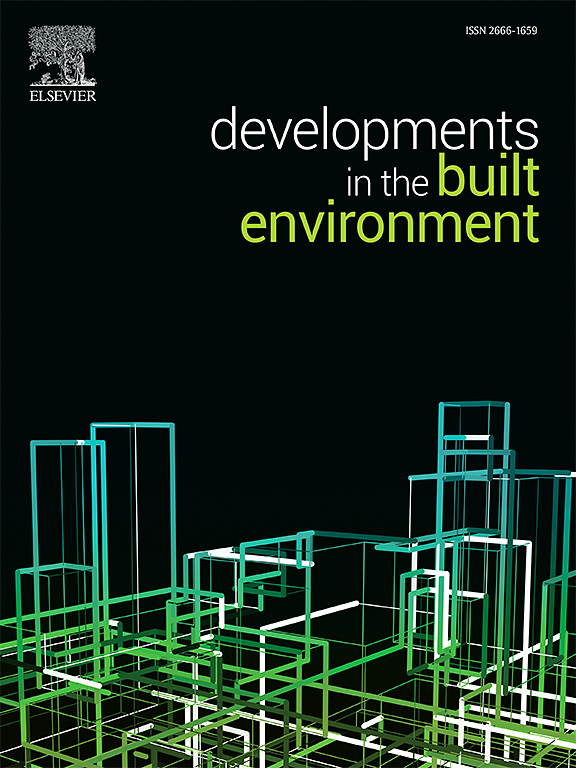环境激励下桥梁系统损伤识别的改进递归奇异谱框架
IF 6.2
2区 工程技术
Q1 CONSTRUCTION & BUILDING TECHNOLOGY
引用次数: 0
摘要
递归奇异谱分析(RSSA)为结构损伤在线检测提供了一种范式。RSSA迭代分析分割信号数据的变化,但其经验窗口长度妥协了通用性:过大的窗口模糊瞬态,而过小的窗口衰减损伤诱发的特征。为了解决这一问题,提出了一种改进的算法,将带有外生输入的自回归模型(ARX)与从核心RSSA方程导出的递归主成分分析(RPCA)相结合。算法过程总结如下:通过ARX确定最优窗口大小;每个信号通过卡尔曼滤波生成时间戳;用RPCA识别损伤时间;损伤位置由损伤前/损伤后能量评估确定。通过钢桁架桥梁的数值模拟,验证了该算法能够更精确地识别具有区域定位能力的损伤时间,并在实验室规模的桁架结构上验证了该算法的有效性。本文章由计算机程序翻译,如有差异,请以英文原文为准。
An improved recursive singular spectrum framework for damage identification in bridge systems under environmental excitations
Recursive singular spectrum analysis (RSSA) provides a paradigm for online detection of structural damage. RSSA iteratively analyzes variations in segmented signal data, yet its empirical window length compromises generality: oversized windows obscure transients, whereas undersized windows attenuate damage-induced features. To address this issue, an improved algorithm is proposed by integrating the autoregressive with exogenous inputs model (ARX) with the recursive principal component analysis (RPCA) derived from the core RSSA equation. The algorithmic procedure is summarized as follows: The optimal window size is fixed by ARX; Timestamps are generated per-signal via Kalman filtering; Damage timing is identified by RPCA; Damage location is determined by pre-/post-damage energy evaluation. The proposed algorithm is verified to enable more precise identification of damage timing with regional localization capability in numerical simulations of steel truss bridges, and its effectiveness is validated on a laboratory-scale truss structure.
求助全文
通过发布文献求助,成功后即可免费获取论文全文。
去求助
来源期刊

Developments in the Built Environment
Multiple-
CiteScore
7.40
自引率
1.20%
发文量
31
审稿时长
22 days
期刊介绍:
Developments in the Built Environment (DIBE) is a recently established peer-reviewed gold open access journal, ensuring that all accepted articles are permanently and freely accessible. Focused on civil engineering and the built environment, DIBE publishes original papers and short communications. Encompassing topics such as construction materials and building sustainability, the journal adopts a holistic approach with the aim of benefiting the community.
 求助内容:
求助内容: 应助结果提醒方式:
应助结果提醒方式:


